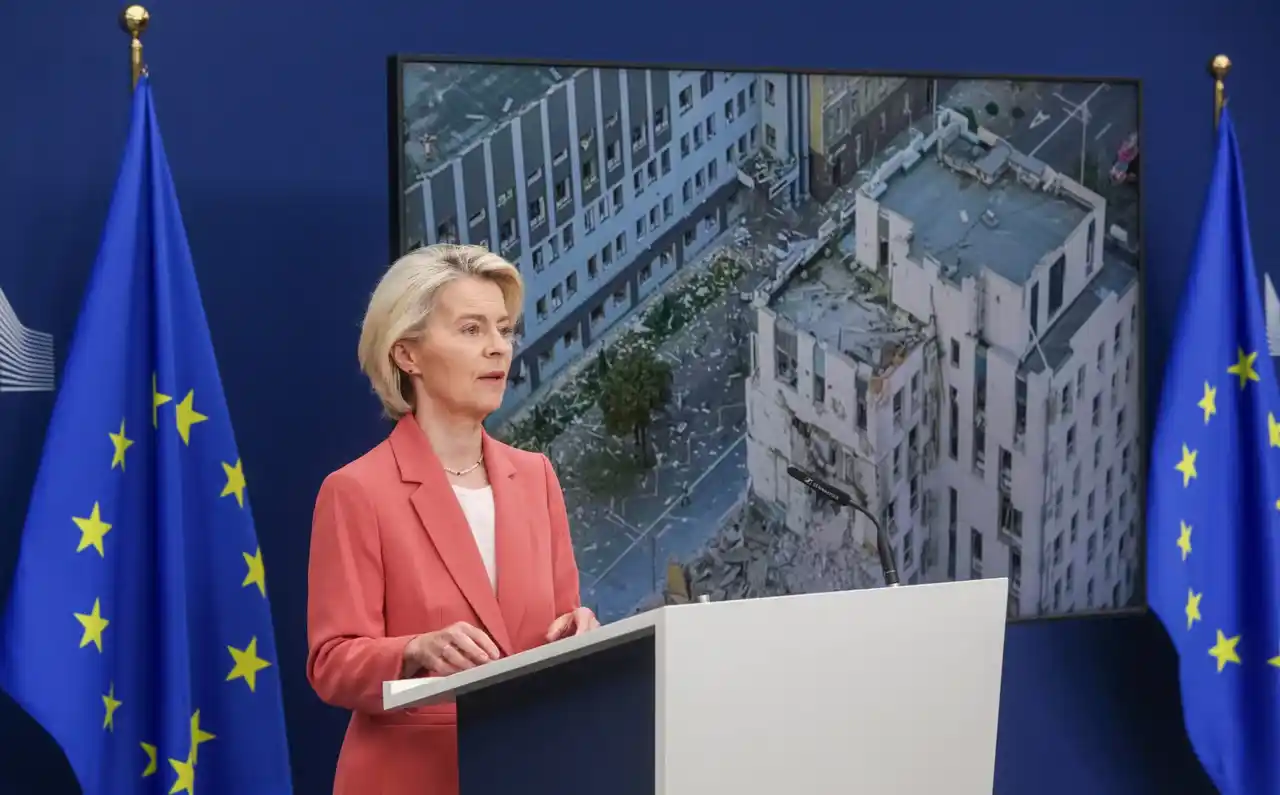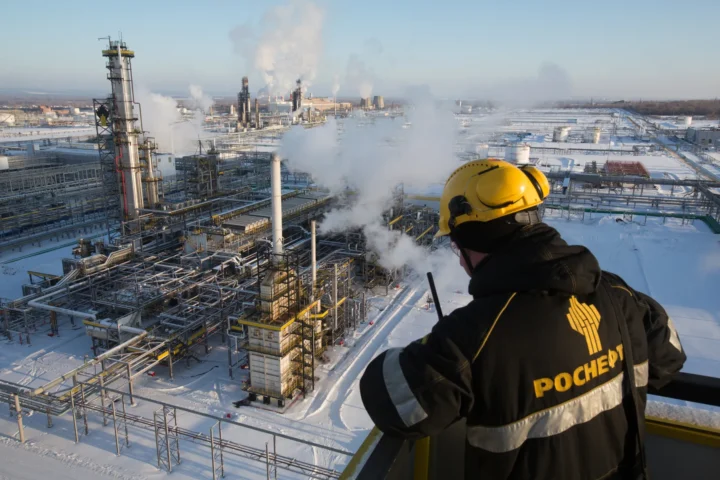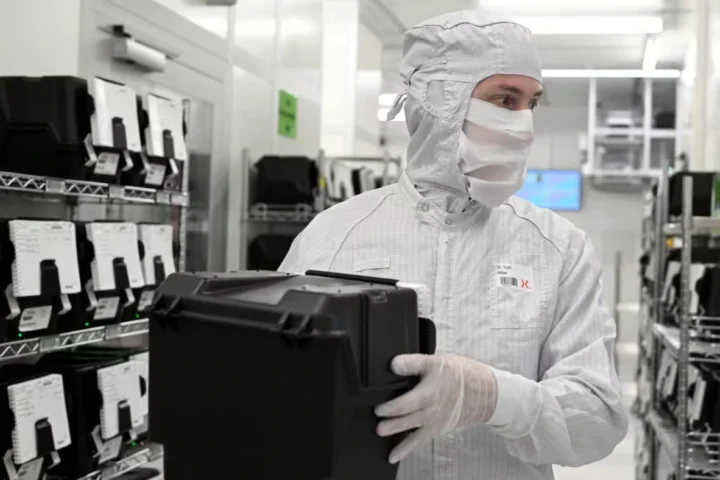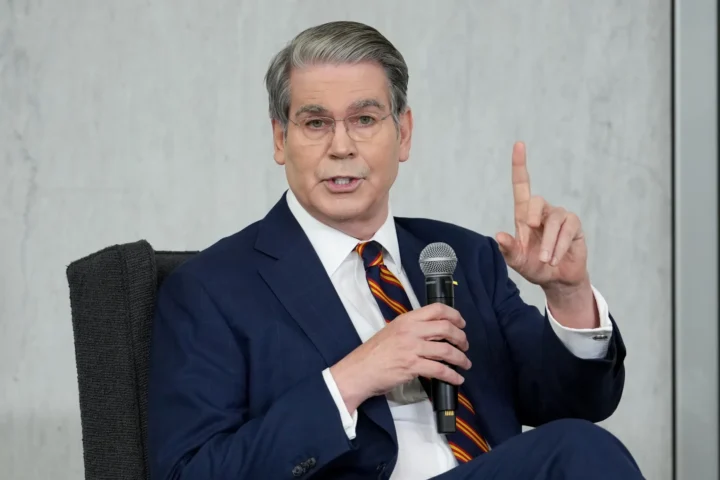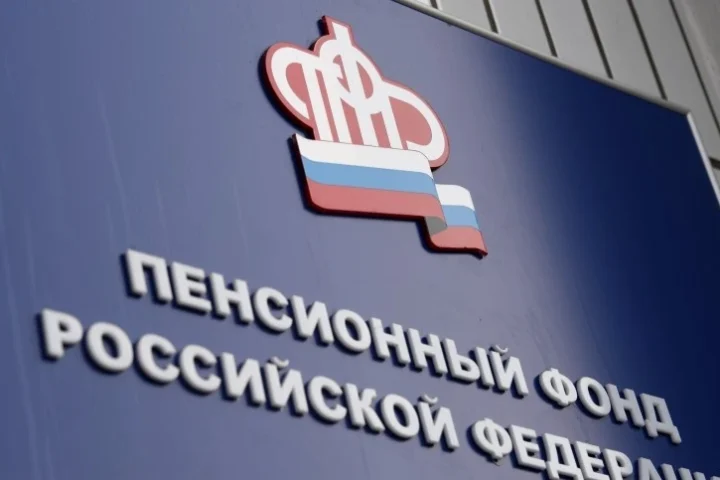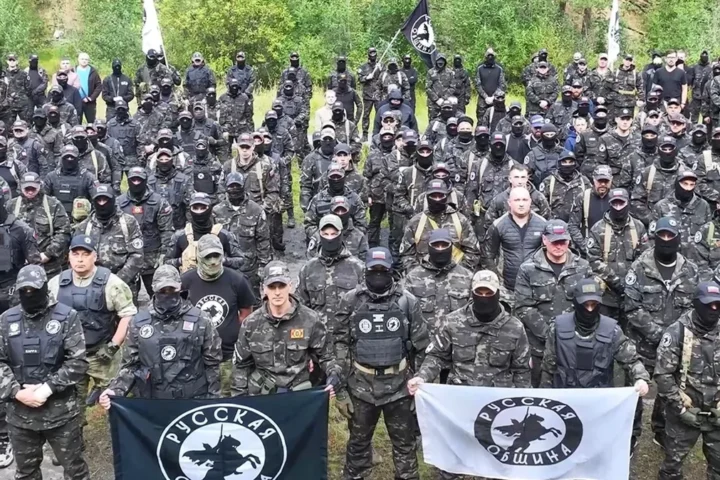According to POLITICO, the European Commission is crafting a scheme that would move nearly €200 billion in frozen Russian sovereign assets into higher-yield—and therefore riskier—instruments. The aim is to boost the income flowing to Ukraine while increasing pressure on Moscow, which refuses to stop the fighting.
“We are advancing the work on the Russian frozen assets to contribute to Ukraine’s defense and reconstruction,” Commission President Ursula von der Leyen said on Thursday—her strongest wording on the topic so far.
Crucially, this is not about immediately confiscating the funds. A majority of EU countries oppose such a step due to legal and financial risks. Instead, Brussels is proposing an interim approach that can raise revenue now and potentially make a future handover to Ukraine easier.
On Saturday in Copenhagen, the EU’s 27 foreign ministers will, for the first time, hold a substantive discussion of this approach at an informal gathering. In a preparatory note seen by POLITICO, ministers are asked to consider “further options for the use of revenues stemming from Russian immobilized sovereign assets.”
Why It’s Coming to a Head Now
Ukraine faces an estimated €8 billion budget shortfall in 2026. With national budgets across Europe under strain and little room for new EU-wide borrowing, the hunt is on for stable sources of support for Kyiv. The pressure on the EU is compounded by reduced U.S. engagement and faltering attempts by President Donald Trump to broker a peace deal.
“We hear that it’s more difficult to raise money [from national finances or the EU budget],” said Kerli Veski, undersecretary for legal and consular affairs at the Estonian foreign ministry. “[But] we have those assets there and the logical question is how can we and why don’t we use those assets.”
The “Confiscation Camp” and Its Opponents
The Baltic states and several allies have long pressed the EU to confiscate Russian assets outright. Within the Commission, Latvian Economy Commissioner Valdis Dombrovskis and the EU’s foreign policy chief Kaja Kallas (Estonia) have advocated this idea.
But Western European countries—including Germany, Italy and Belgium—remain resistant. Belgium is especially exposed to legal and financial risk because Euroclear, which holds the bulk of the frozen Russian assets, is based there.
As a compromise, G7 countries agreed in 2024 to channel a total of €45 billion in profits generated by investing the assets to Ukraine, while leaving the underlying principal untouched. The EU’s €18 billion share of that arrangement will be fully paid out by the end of the year—creating urgency to generate additional revenue on a short timeline.
An SPV as a “Bridge” to Future Decisions
Commission lawyers are exploring a transfer of the assets into a special-purpose vehicle (SPV) backed by a group of EU countries and potentially partners from outside the bloc. Officials liken the mooted fund to the European Stability Mechanism (ESM): a bailout pool backed only by eurozone members and set up outside the EU treaties.
The prospective Ukraine fund could also be open to G7 countries—such as the U.K. and Canada—that favor confiscation, an EU official said, though details are still being hammered out. The overarching goal is to give the EU more control and room to maneuver so that, when “the time is right,” the assets can be handed over to Ukraine.
There’s also a political-procedural motive. Sanctions renewals currently require unanimity every six months; in theory, a single member state can veto and send the assets back to Moscow. Hungary’s pro-Russia and pro-Trump government is seen as the likeliest to do so. Shifting the funds into a new body—potentially one without unanimity requirements—would blunt that threat.
Buy Low, Sell High: Higher Returns, Higher Risk
Moving the assets into an SPV would allow investment in higher-yield instruments—thereby increasing returns for Ukraine. That would mark a shift from today’s rulebook, which requires Euroclear to place the funds with Belgium’s central bank at the lowest available risk-free rate.
Skeptics—including Euroclear CEO Valérie Urbain—worry that EU taxpayers would ultimately shoulder any losses from riskier operations. To spread the legal and financial burden, Belgium wants other EU countries to share liability under the Commission’s plan.
“Belgium is not alone here. We need to support and be taking part in mitigating that risk,” Veski said. “It’s not a question of letting Belgium deal with it [while] we watch from the sideline.”
According to POLITICO, the Belgian government has recently warmed to the Commission’s plan, while countries further from Russia—such as Spain—are also backing the idea.
What This Would Mean for Ukraine and the EU
- Immediate gains — More income from already frozen funds without the legally riskier step of outright confiscation.
- Veto insurance — Less reliance on six-month sanction rollovers and potential blockade by a single capital.
- Future flexibility — A pathway toward more radical options (including confiscation) without adopting them immediately.
The risks are clear: legal uncertainty and potential investment losses that guarantor states would have to absorb. But amid mounting fiscal pressure and the political imperative to support Kyiv, the EU’s room for maneuver is narrowing.
According to POLITICO, the upcoming discussion among ministers in Copenhagen will test the Union’s readiness to move from cautious, “risk-free” income harvesting to more active management of frozen Russian assets—turning them from a political symbol into a durable funding stream for Ukraine’s defense and reconstruction.
This article was prepared based on materials published by Politico. The author does not claim authorship of the original text but presents their interpretation of the content for informational purposes.
The original article can be found at the following link: Politico.
All rights to the original text belong to Politico.


